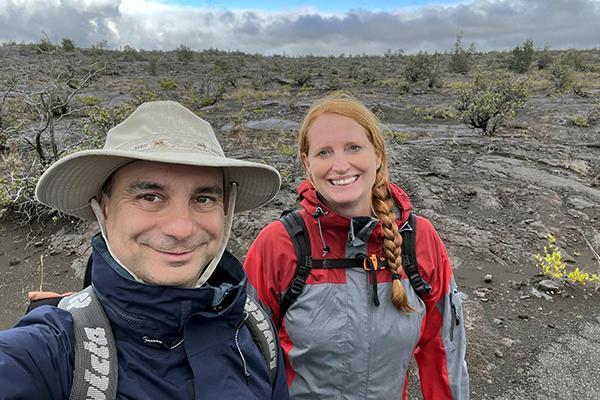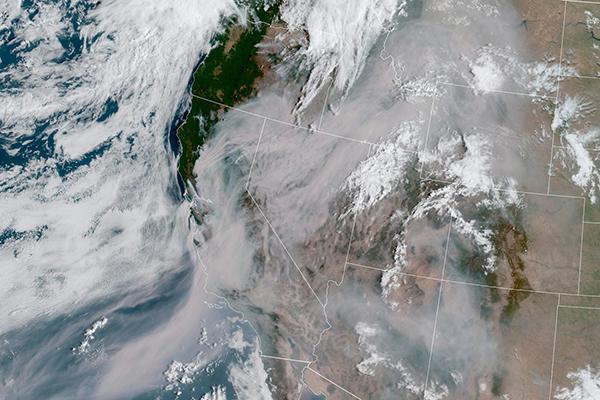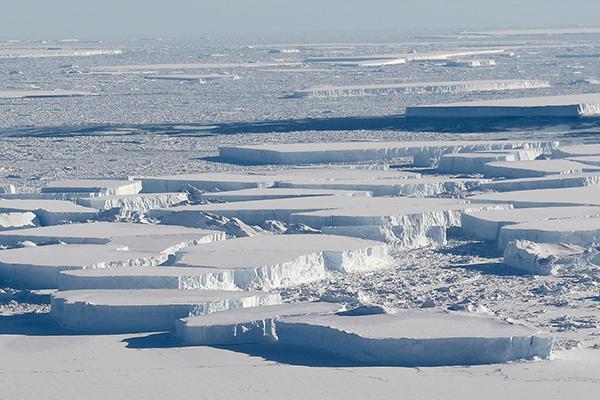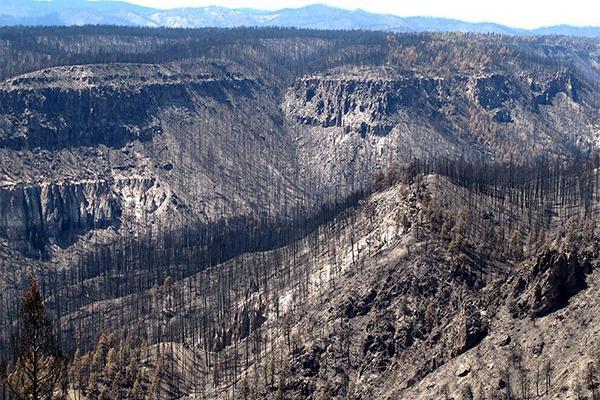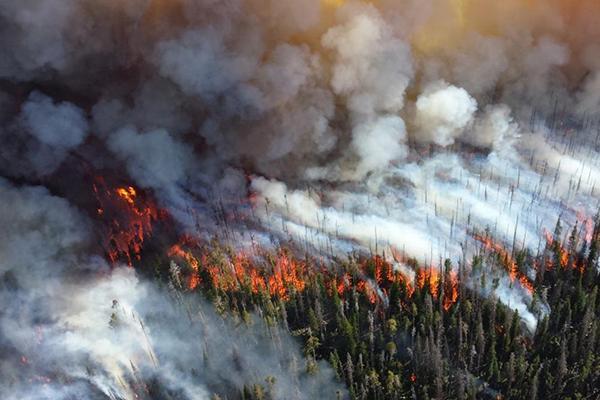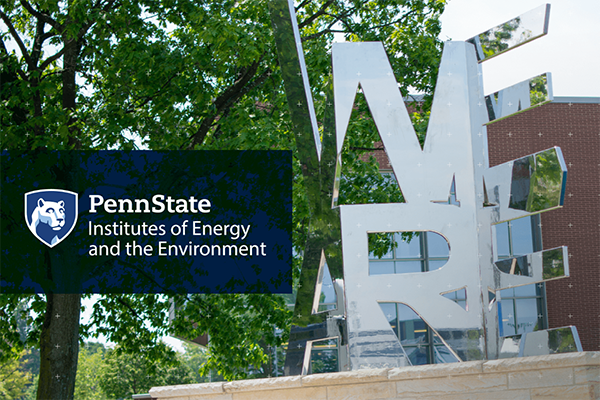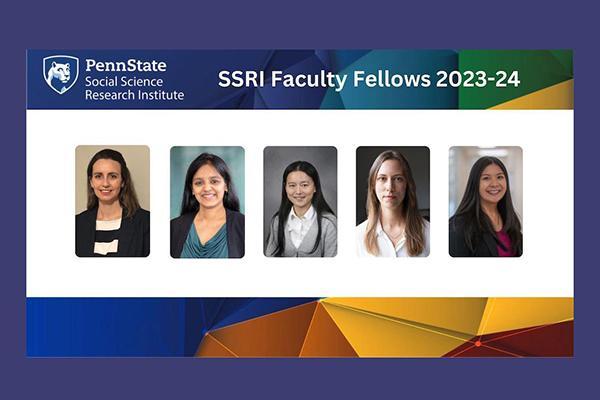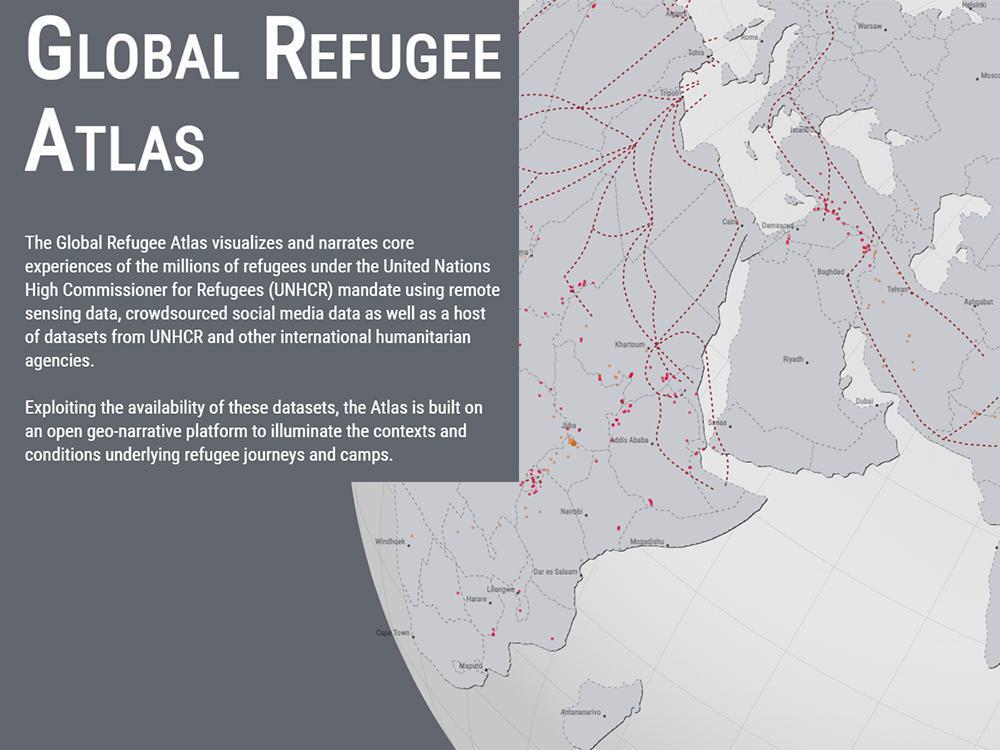As Guido Cervone takes the reins as president of the natural hazards section of the American Geophysical Union (AGU) he brings with him decades of experience in using machine learning, remote sensing and increasing representation to forecast, respond and mitigate dangers from natural hazards.
A team of Penn State researchers developed a deep learning model that provides improved predictions of air quality in wildfire-prone areas and can differentiate between wildfires and non-wildfires.
A new study of the conditions that led to the Larsen B ice shelf collapse may reveal warning signs to watch for future Antarctic ice shelf retreat, according to a Penn State-led team of scientists.
Warmer and drier climate conditions in western U.S. forests are making it less likely that trees can regenerate after wildfires, according to a new study published in the Proceedings of the National Academy of Sciences, which includes researchers from Penn State.
Colleen Reid, assistant professor of geography at the University of Colorado, Boulder, will discuss how to better assess population exposure to wildfire smoke, how it impacts human health, and which communities are more affected by wildfire smoke during a Penn State Department of Geography Coffee Hour talk.
Three College of Earth and Mineral Sciences faculty are among six new Penn State faculty members who have joined the Institutes of Energy and the Environment (IEE).
Michael Glass, director of the Urban Studies Program at the University of Pittsburgh, will discuss how infrastructural futures are constructed, experienced and changed by the stakeholders that inhabit the region in a Penn State Department of Geography Coffee Hour talk titled “Seeing Equitable City-Region Futures? Negotiating The Epistemic Dimensions of Infrastructure Change in a Lagging Region.”
Emily T. Rosenman, assistant professor of geography, was one of five Penn State faculty members recently named Social Science Research Institute (SSRI) Mentored Faculty Fellows for 2023-24.
The student committee of the College of Earth and Mineral Sciences Sustainability Council will host its first alumni panel discussion, “Be the Change,” from 5 to 6 p.m. on Monday, Feb 6 in 603 Barron Innovation Hub.
Bo Zhao, an associate professor in the Department of Geography at the University of Washington, will give a talk at 3:30 p.m. on Friday, Feb. 3, via Zoom.discussing his research that looks at GIS from a humanistic perspective, which offers a sincere quest to develop and use GIS in ways that will be more empathetic and better for humanity.


